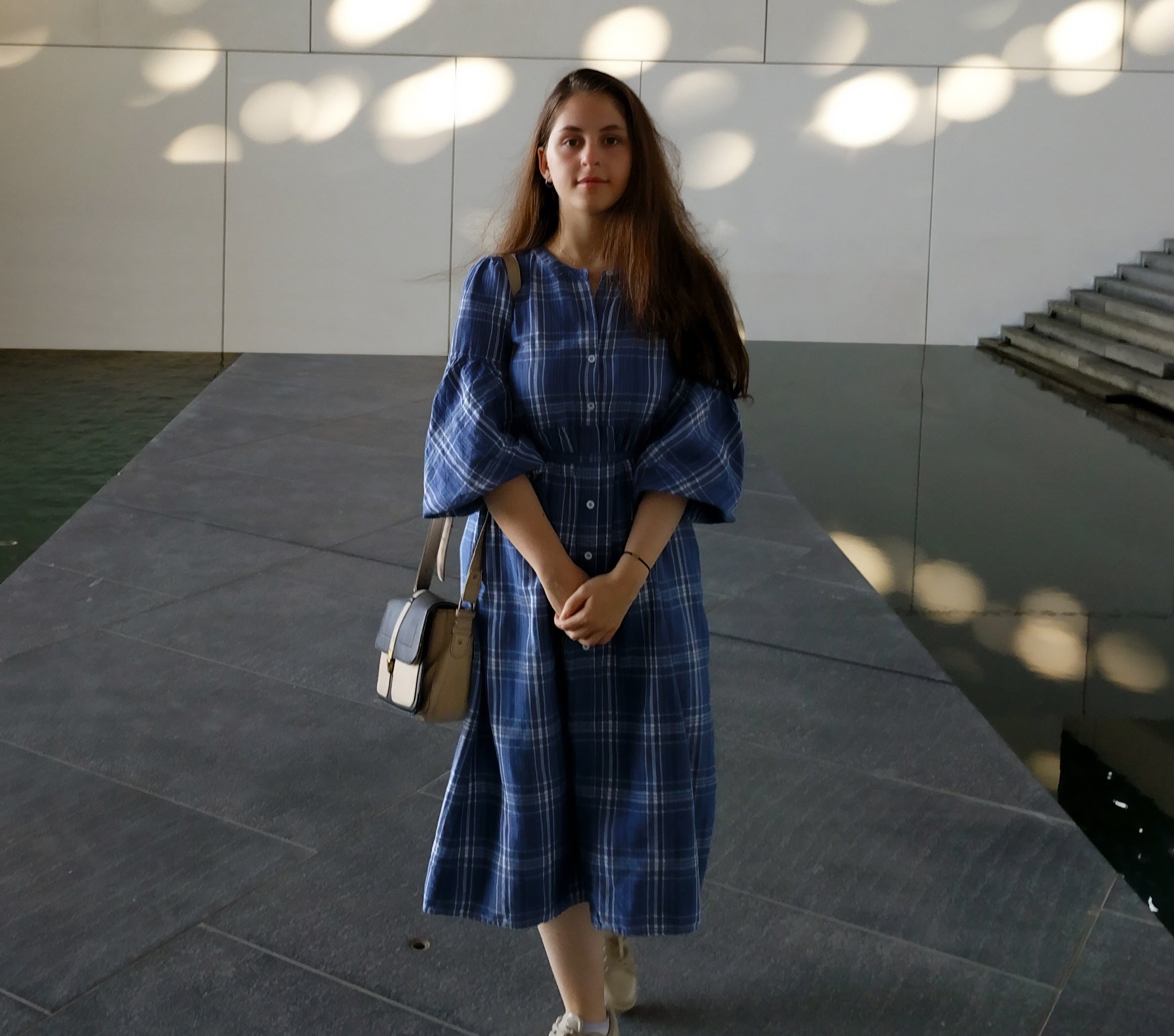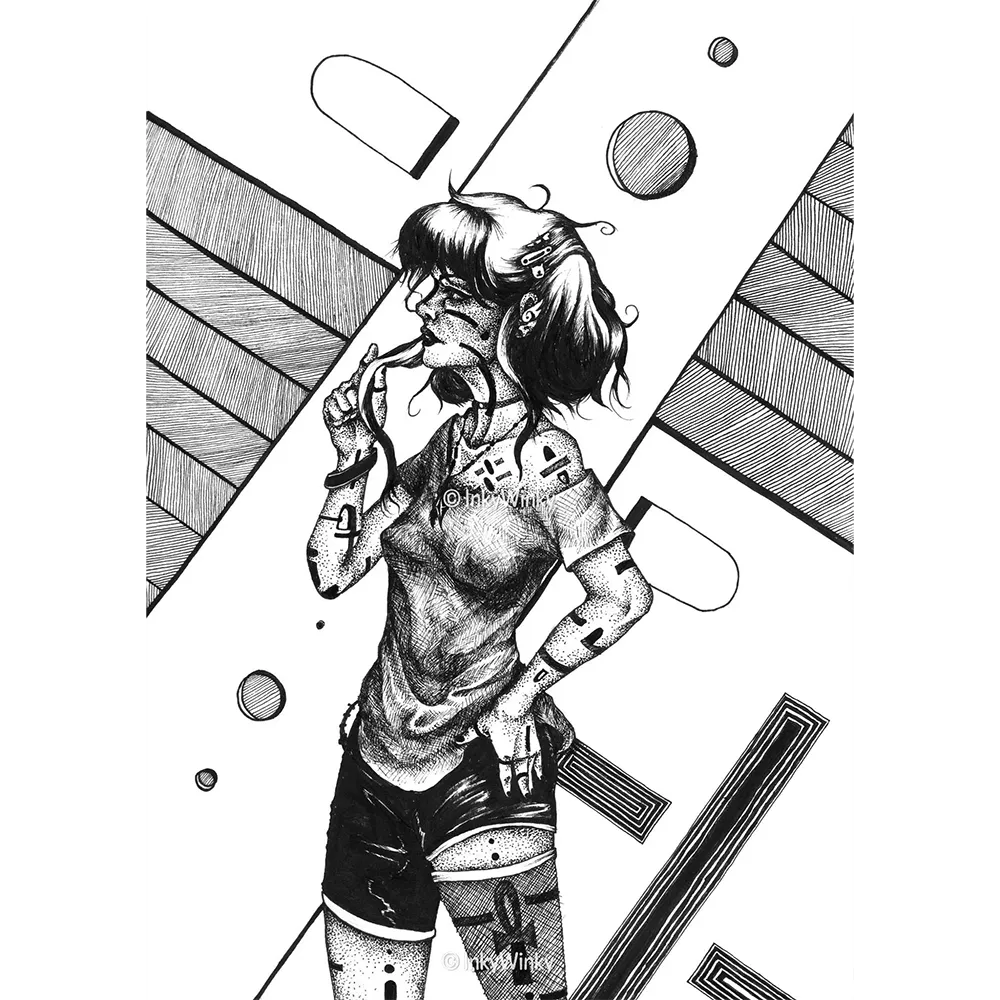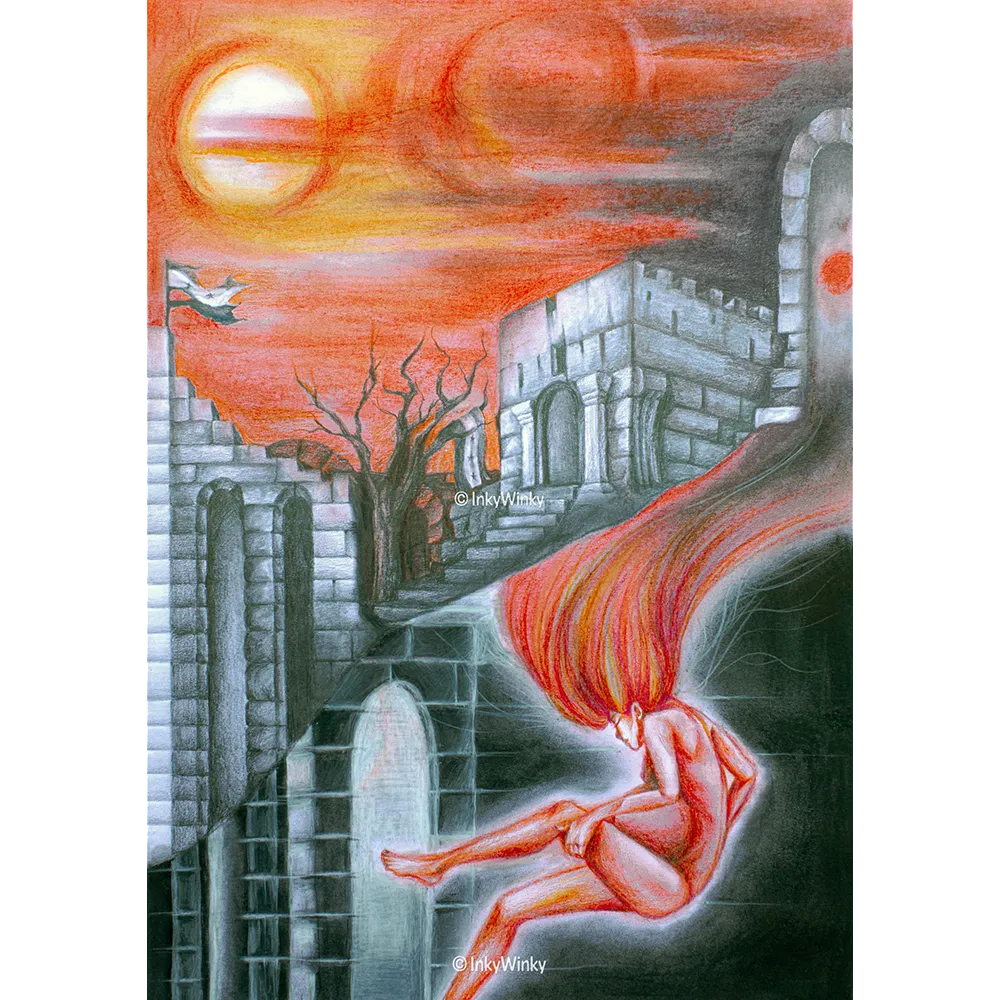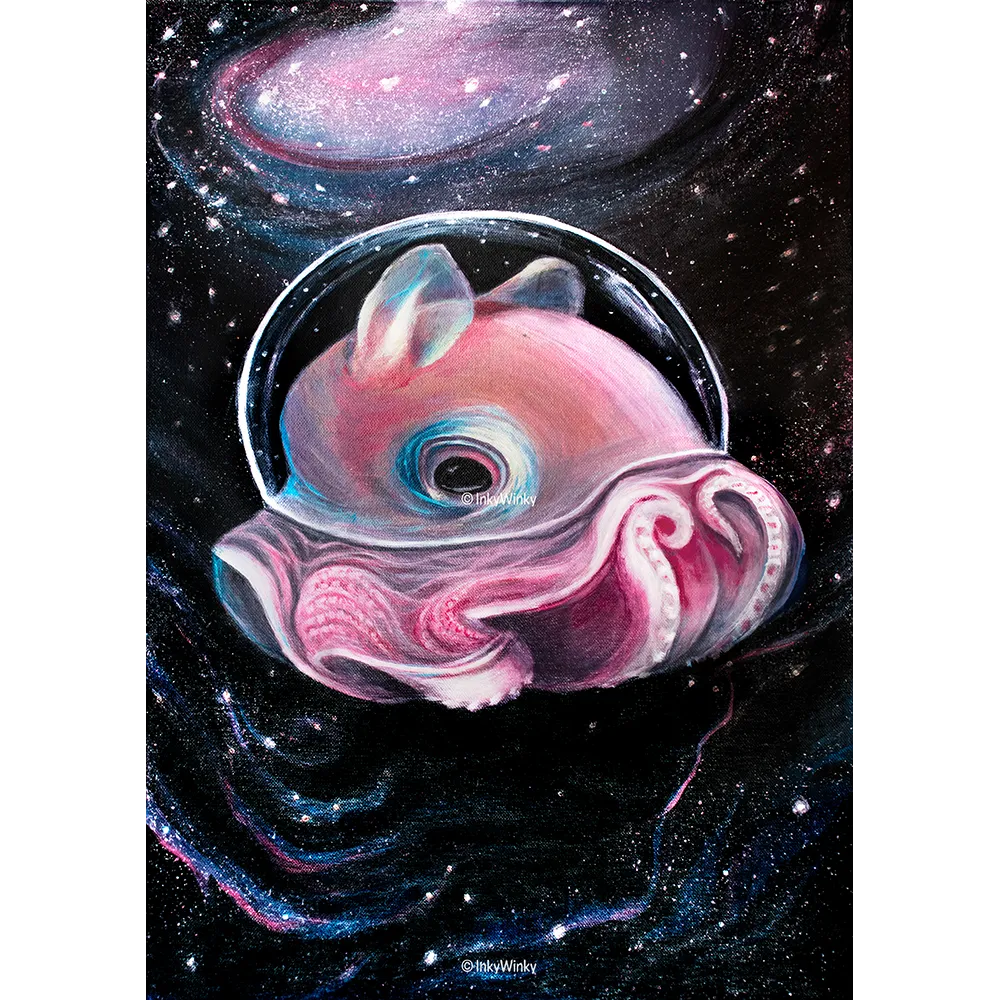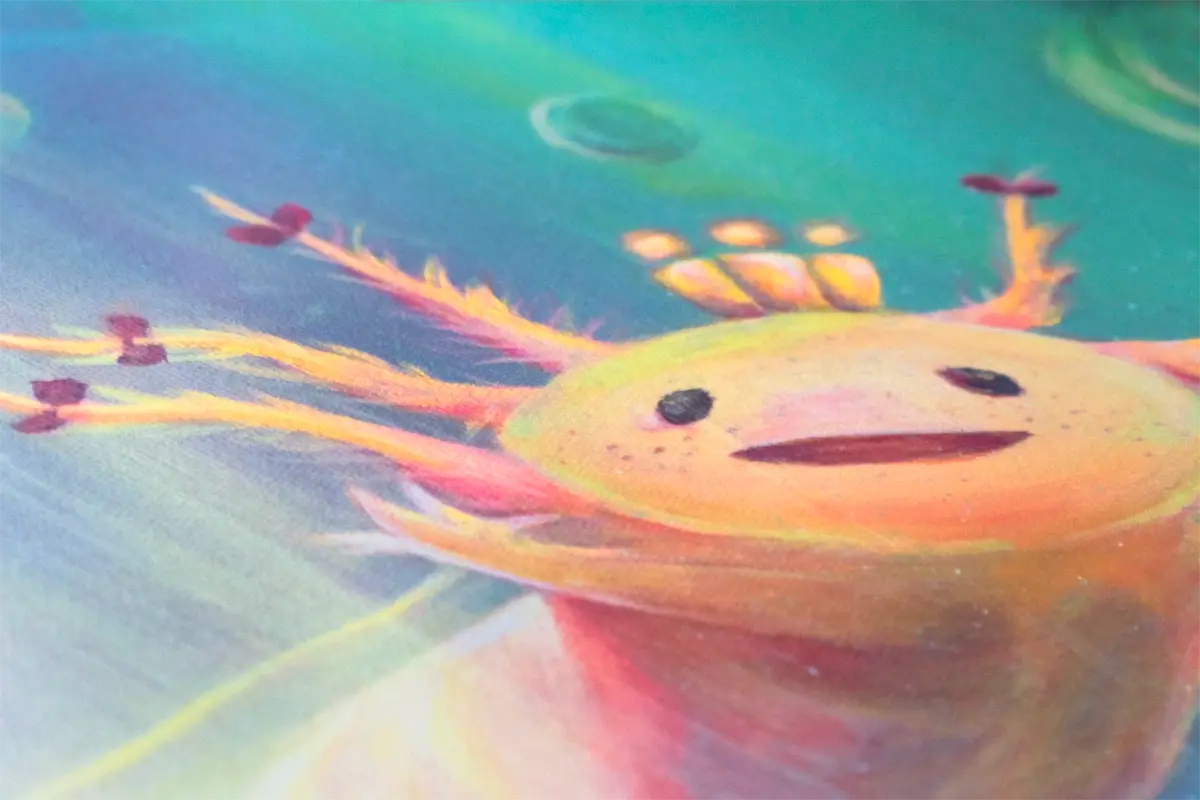What are the Themes Used in Acrylic Paint Art?
Acrylic paint art covers a vast array of themes, as artists harness the flexibility and expressiveness of acrylics to convey their unique visions. Being such a flexible and workable material, artists will often choose to use acrylic paint to create complex and intricate wall art where it otherwise might have been difficult with oil. This means that some common themes prevail over others:
- Nature and Landscape: Many artists find inspiration in the beauty of the natural world. Acrylics allow for the vivid depiction of landscapes, seascapes, and various elements of nature. Artists use a rich color palette to capture the essence of different seasons, weather conditions, and environmental moods.
- Abstract Expressionism: Acrylics are a popular choice for abstract artists seeking to express emotions and concepts through non-representational forms. Bold brushstrokes, dynamic compositions, and a mix of colors contribute to the creation of artworks that evoke feelings and interpretations unique to each observer.
- Portraiture: The versatility of acrylics lends itself well to portraiture. Artists can experiment with different styles, from realistic renderings to more abstract or stylized representations. The quick drying time of acrylics also facilitates the layering needed to capture the subtleties of facial features.
- Social Commentary: Acrylic paint is frequently used to address contemporary social issues. Artists use their work to comment on politics, human rights, and societal challenges, employing symbolism and visual metaphors to convey powerful messages.
- Fantasy and Surrealism: Acrylics provide a vibrant, rich and fantastical palette for artists exploring surreal or fantastical themes. Dreamlike landscapes, mythical creatures, and imaginative scenarios come to life through the use of bold colors and creative compositions. If you're looking for some great examples of this, it's quite literally our bread and butter. Poke around our website to see it in action.
- Still Life: Artists also often use acrylics to create detailed still-life compositions, capturing the beauty of everyday objects. The versatility of the medium allows for the portrayal of textures, reflections, and lighting effects in a way that adds realism to the still-life genre.
What are the Different Kinds of Acrylic Paint and Why Do We Use Them?
So we know that we previously defined Arcylic paint as "pigment suspended in a water-based acrylic polymer emulsion", but that was just the short version. There are actually various types of acrylic paint, each serving specific purposes in the realm of art. Understanding these types allows artists to choose the most suitable paint for their intended effects and techniques. These types include:
Heavy Body Acrylics: These paints have a thick consistency, similar to oil paints. They retain brushstrokes and are excellent for impasto techniques and creating textured surfaces.
Soft Body Acrylics: Soft body acrylics have a more fluid consistency, making them suitable for smooth blending, glazing, and fine detail work. They are versatile and can be used for various painting styles.
Fluid Acrylics: Fluid acrylics have a thin consistency similar to ink. That makes them ideal for pouring techniques, creating vibrant washes, and achieving intricate details with some sembalance to real art. Fluid acrylics are the de-facto used in acrylic pouring art.
Open Acrylics: Open acrylics have a slower drying time compared to standard acrylics. This allows artists more time to blend colors and work on intricate details, making them suitable for artists who prefer a longer working time.
Interactive Acrylics: Interactive acrylics have unique properties that allow artists to extend the drying time by spraying or misting the paint with water. This gives artists more control over the drying process and allows for reworking areas of the painting.
Acrylic Ink: Acrylic ink is highly pigmented and comes in liquid form. It is often used for fine lines, details, and ink-like effects. Artists appreciate its intensity and suitability for drawing with a brush or pen.
What Kind of Mediums Do We Use Acrylic Paint on When Making Art?
Acrylic paint is a versatile medium that can be applied to so many different surfaces, expanding the possibilities for artistic expression and opening up a whole world of intrinsic texture. Common materials include:
Canvas: Canvas is a popular surface for acrylic paint due to its texture and durability. Stretched canvases come pre-prepared for painting, and artists can choose between cotton and linen canvases based on their preferences.
Wood: Artists often use wood panels for a sturdy and rigid painting surface. Wood provides a unique texture and can be sealed or primed to prevent the paint from being absorbed.
Paper: Acrylic paint works well on heavy-duty embossed paper usually about 300 gsm+. You can observe a directly inverse relationship between the thickness of the paper and the amount that an artist hates themself, ie "stick with the thick stuff". Paper is especially good when creating studies and sketches, or if you are doing mixed media like with watercolor. Paper is also more flexible than canvas, allowing for different presentation options such as by framing or mounting wall art.
Fabric: Some artists experiment with painting on fabric, including canvas fabric, denim, or even clothing. Fabric medium can be added to acrylic paint to enhance adhesion and flexibility on textiles.
Acrylic Boards: Artists may choose acrylic boards or panels for a smooth and rigid painting surface. These boards are often prepared with gesso to ensure proper adhesion and to prevent warping.
Mixed Media Surfaces: Acrylics play well with mixed media, and artists often incorporate them into collages, assemblages, or artworks combining various materials. The adhesive nature of acrylic paint allows for the incorporation of diverse elements into the artwork.
Choosing the right medium depends on the artist's intentions, the desired texture, and the overall aesthetic they aim to achieve in their acrylic paint artwork.



